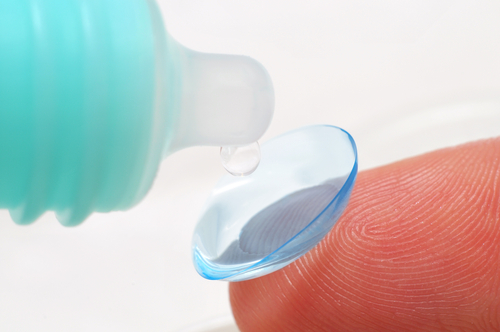
The Importance of Contact Lens Hygiene
Colonies of bacteria may sound scary, but many types of microbes are actually beneficial to our health. These microscopic “bugs” can be found on our skin, in our stomach, and on our eyes. However, harmful bacteria can cause inflammation, discomfort, and damage when present. In many cases, these germs and other unpleasant microorganisms can find their way to your eyes through dirty contact lenses and create a number of problems, from mild concerns such as redness to severe issues including blindness. To protect your vision, Dr. Faulkner and our team at Aloha Laser Vision encourage patients to carefully cleanse contact lenses and maintain excellent ocular hygiene.
If you wear contact lenses, you should always thoroughly clean your hands before touching your eyes or the lenses. You should also avoid putting on makeup until you have successfully placed the lenses on the eyes to avoid cross contamination. Disposable contacts still require careful habits, and if you have reusable contact lenses, you must be extra careful to completely disinfect the material before placing the lenses back in your eyes. Tap water should never be used to clean contacts; always use the antibacterial solution recommended in your contact lenses’ care instructions.
Some studies suggest that just the act of wearing contact lenses could alter the types of bacteria that exist on the eye, including the beneficial microbes. Science has not yet determined if this affects health or vision one way or another. However, if you feel contact lenses no longer suit your eye care needs, we offer a comprehensive selection of state-of-the-art LASIK and laser vision correction options to help you see as clearly as possible without corrective eyewear.
If you have more questions about the importance of contact lens hygiene and germs that affect vision, or if you would like to schedule a consultation with Dr. Faulkner, please contact our office today.




